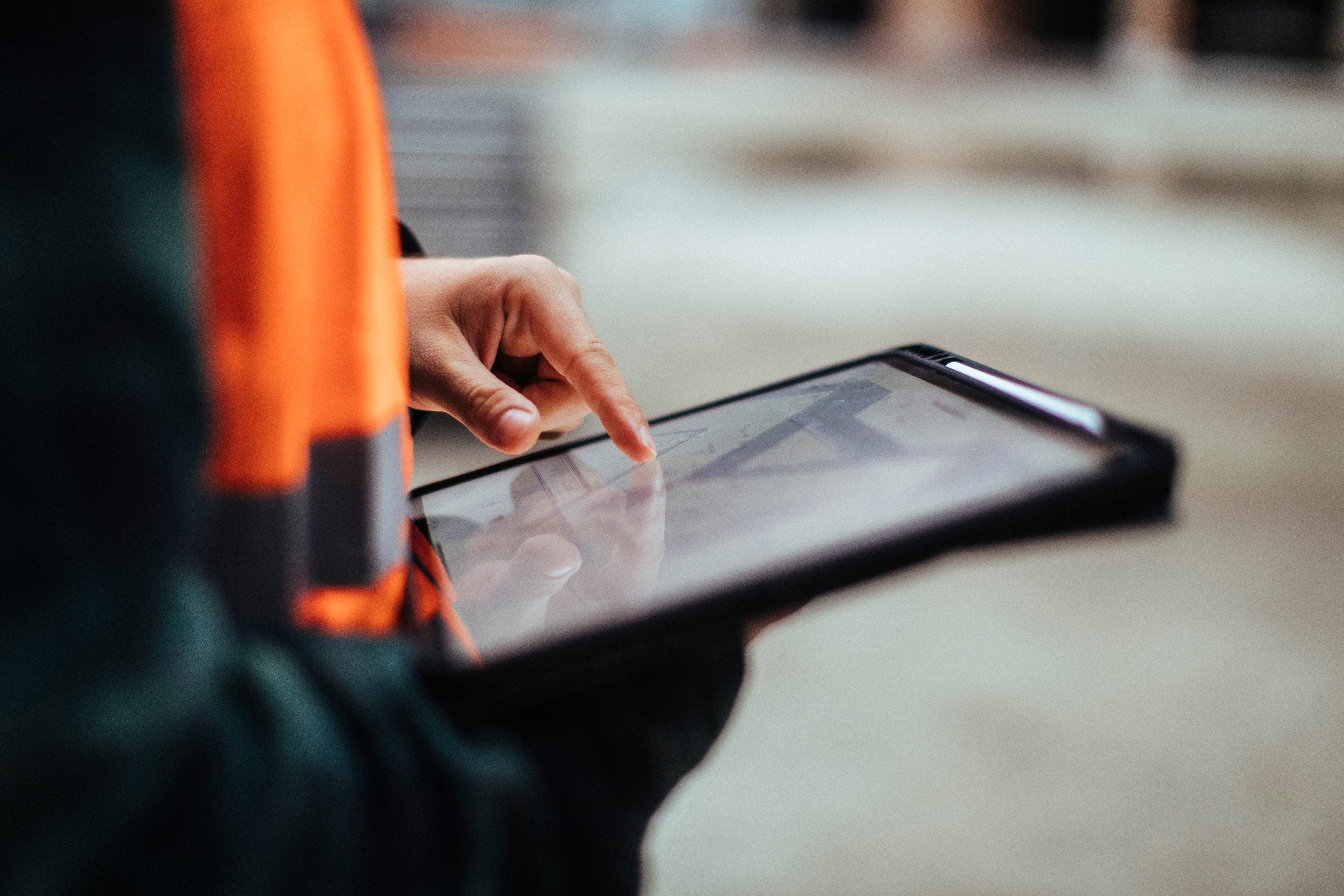Smart site monitoring has shifted project control from reactive to proactive. Instead of relying on periodic walkthroughs and manual reports, teams can see real progress, risks, and productivity trends as they happen.
When monitoring is structured well, it reduces surprises, tightens schedules, and protects budgets. The real advantage is not just collecting data, but turning it into decisions that keep work moving.
Real time visibility that supports faster decisions

The biggest gain from smart monitoring is continuous visibility over what is happening on site. Cameras, sensors, drones, and digital logs create a living record that managers can review daily without being physically present.
This visibility makes coordination easier across trades and stakeholders. If a slab pour slips or a delivery arrives damaged, the evidence is clear and time stamped, so the team can respond quickly instead of debating what happened.
Time lapse capture is especially valuable because it compresses weeks of work into a short, reviewable story. Find out more about time lapse video production helps explain why this format is so effective for tracking sequences like framing, facade installation, or fit out.
With time lapse, small delays become visible early. You can spot slowdowns in crane cycles, crew movement, or material staging before they grow into a missed milestone.
Another benefit is stakeholder communication. Clients, investors, and remote consultants get a clear visual update, reducing the need for long meetings and lowering the risk of misalignment.
Data driven control of schedule, safety, and quality

Smart monitoring feeds project control systems with real evidence. When camera views or IoT sensors are linked to your schedule, you can verify percent complete based on what is actually built, not what was planned.
This supports more accurate forecasting. If output rates drop below baseline, you can adjust resources or resequence tasks while there is still room to recover schedule.
Safety performance also improves when monitoring is deliberate. AI assisted video can flag missing PPE, workers entering exclusion zones, or unsafe interactions with equipment, allowing safety leads to intervene quickly.
Quality inspections benefit in a similar way. High resolution imagery captures waterproofing layers, reinforcement placement, fire stopping, and other elements that are hard to recheck once covered.
When issues appear, you have proof of when and where they were introduced. That reduces rework disputes and improves accountability between subcontractors.
Better documentation, claims protection, and long term learning

Construction is full of change, and good documentation protects everyone. Continuous monitoring creates a reliable project diary that helps validate variations, confirm site conditions, and support extension of time claims.
If a delay is caused by weather, access restrictions, or late approvals, time stamped records show the impact clearly. This is far stronger than after the fact photos or memory based reporting.
Monitoring also helps during handover and warranty periods. Owners gain a visual record of hidden installations and sequencing, which can support maintenance and reduce guesswork later.
Finally, smart monitoring enables learning across projects. By reviewing time lapse and productivity trends, companies can compare methods, identify best practices, and improve estimating for future work.
Over time, this shifts project control from individual experience to repeatable, data-backed improvement. It is one of the simplest ways to raise consistency across an entire portfolio.
Conclusion
Smart site monitoring improves project control by making progress visible, risks detectable, and decisions faster. With real time evidence and structured reporting, teams can protect schedule, safety, quality, and cost in a single system.
When used consistently, it also strengthens documentation and creates learning that carries into future builds. The result is fewer surprises and more predictable delivery from start to finish.

